Archive
2020
KubaParis
Eat the Museum
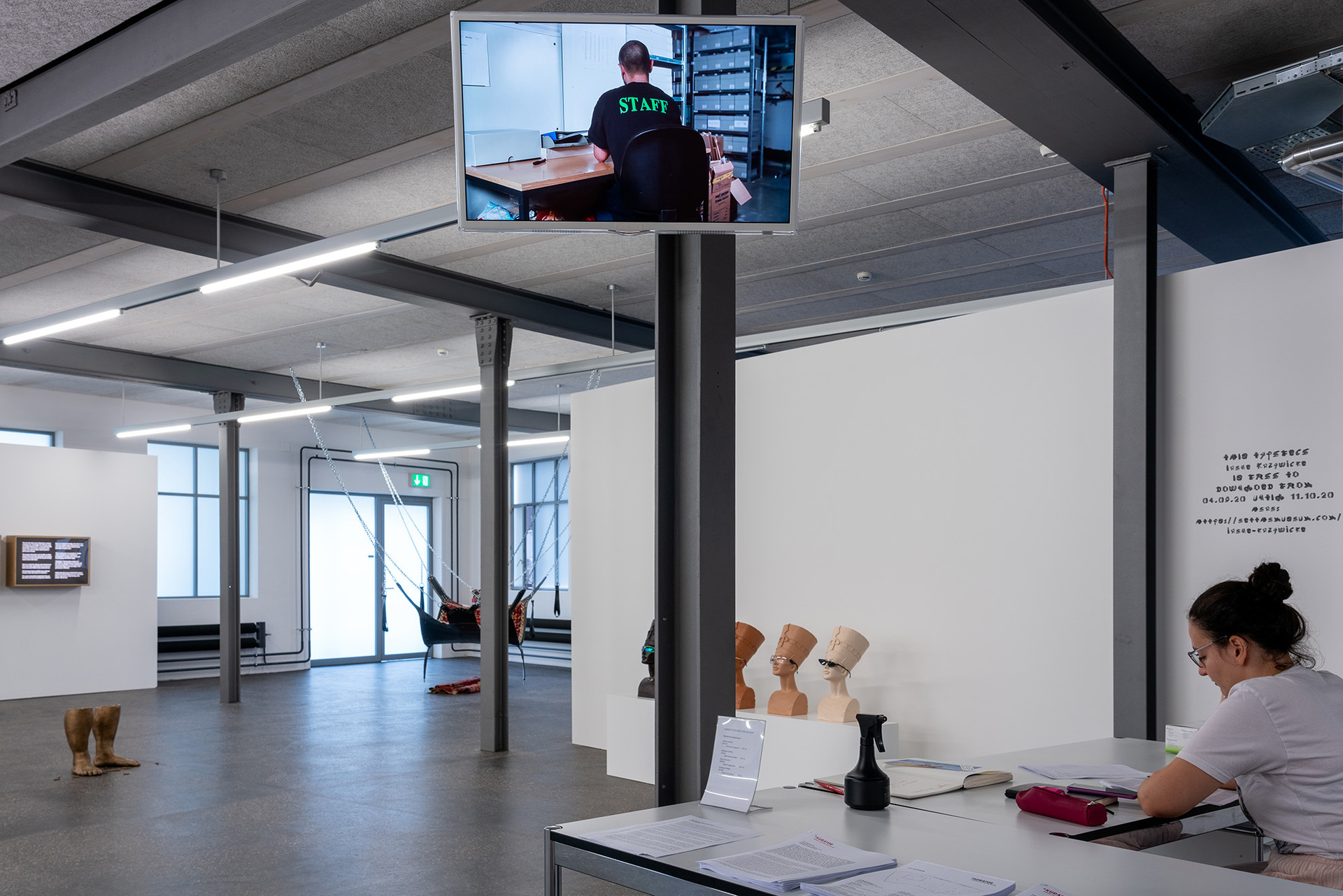
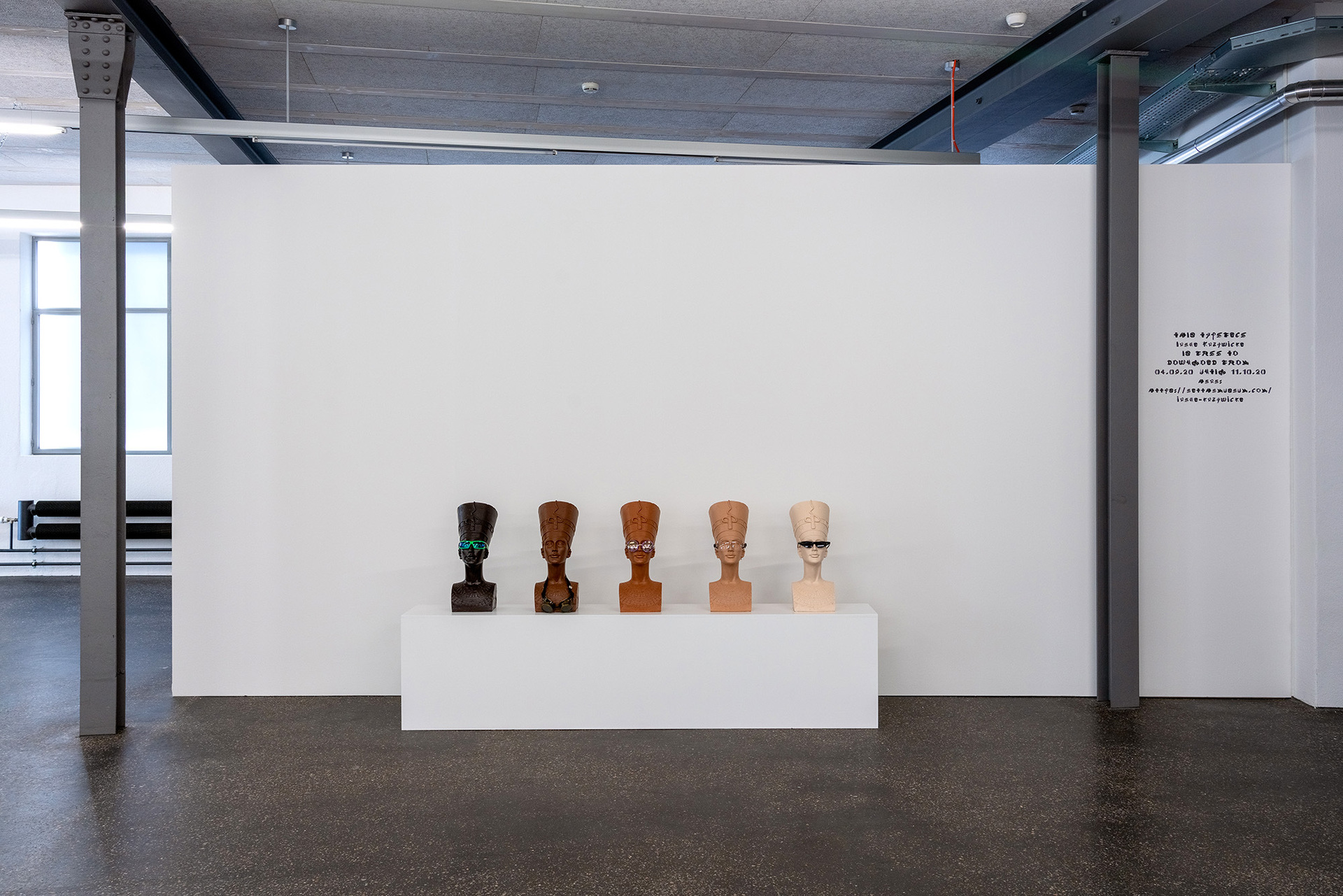

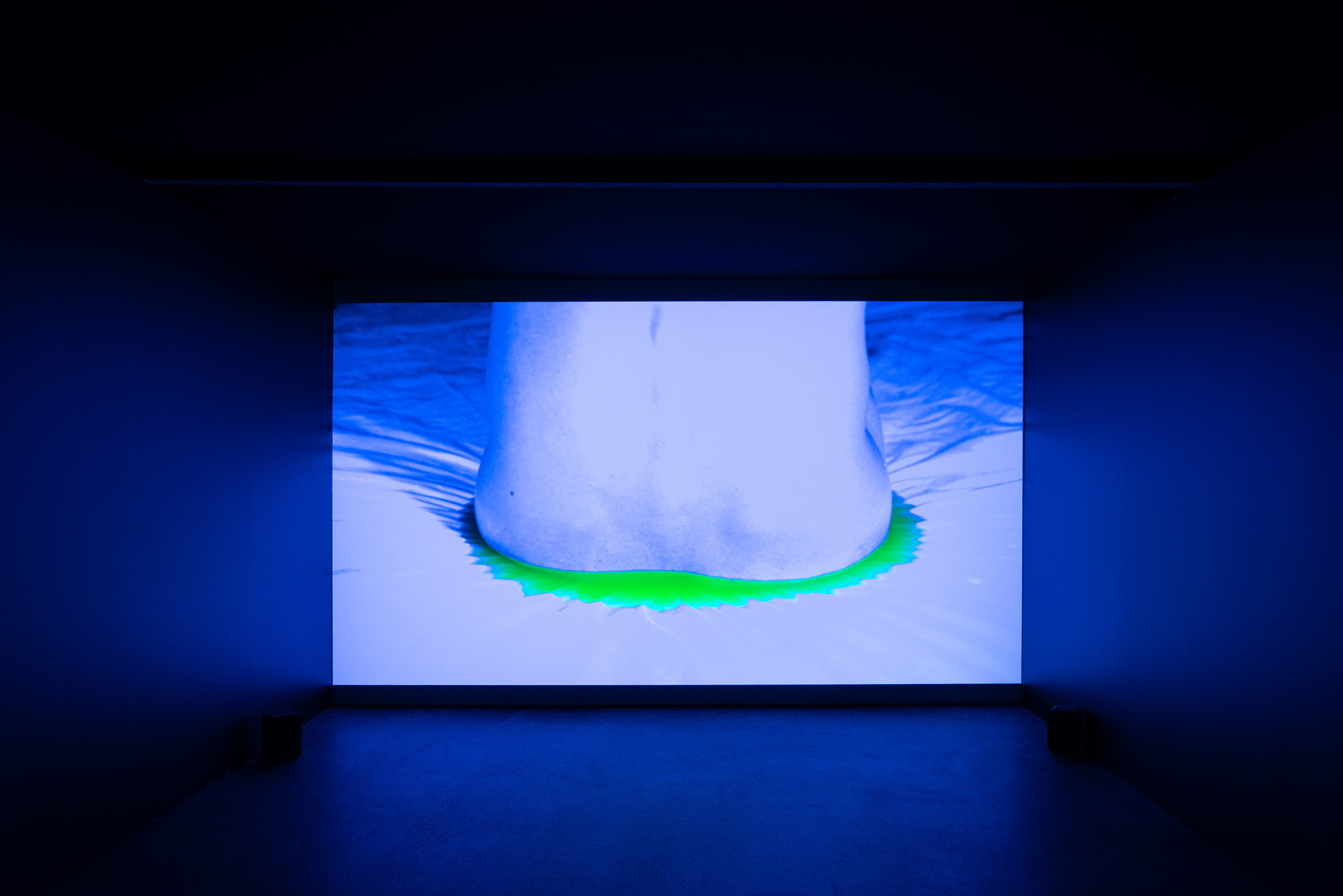
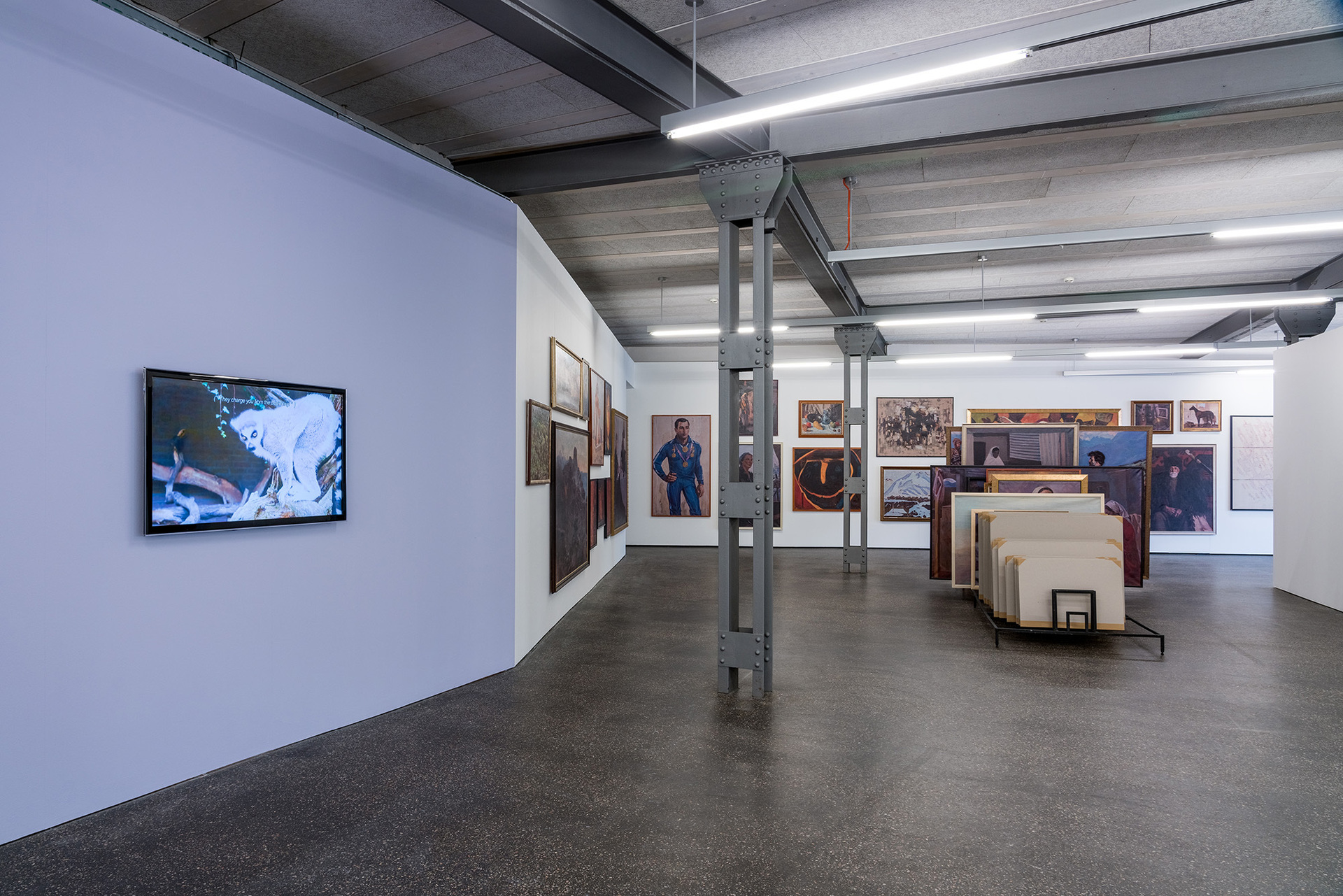

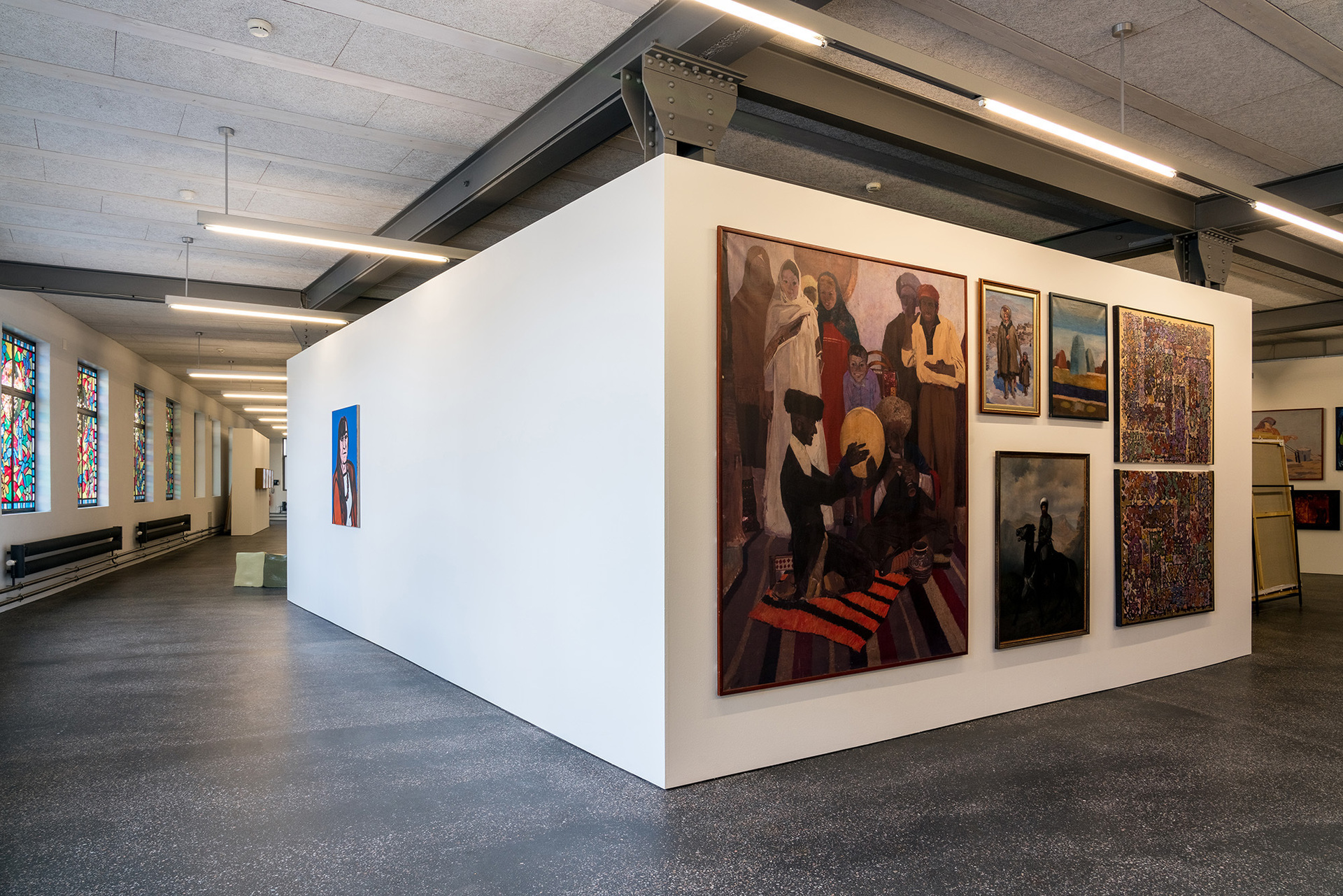

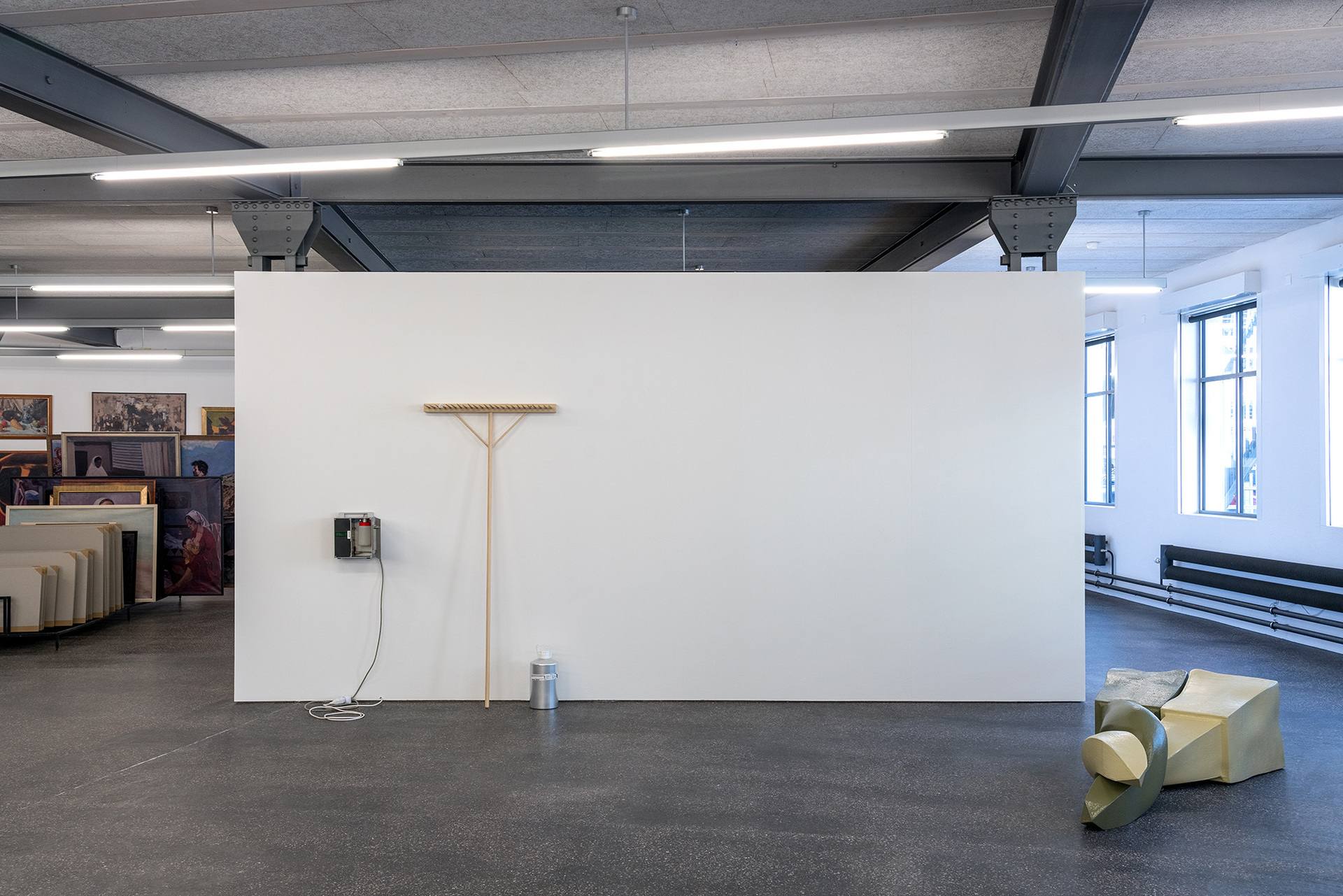
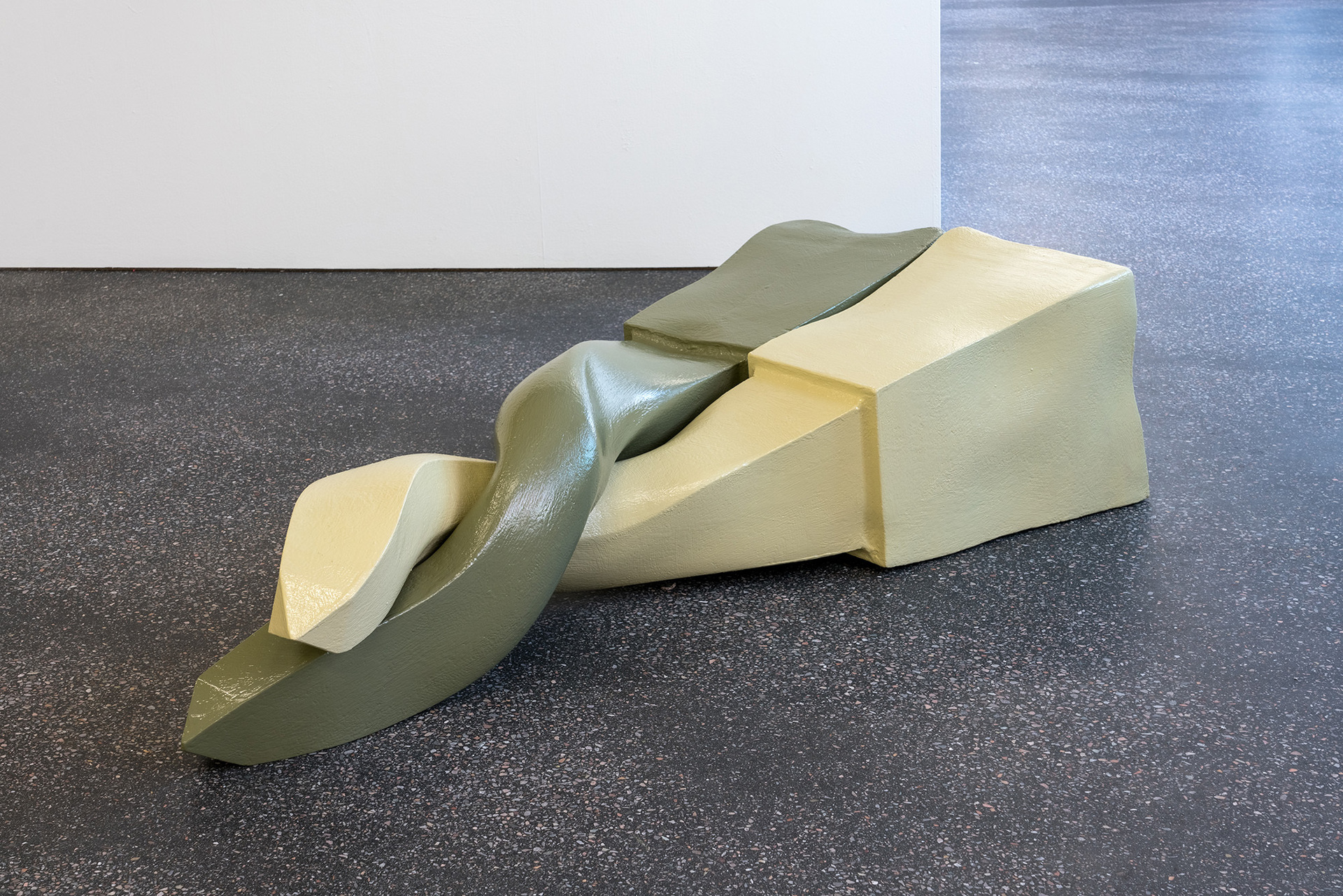
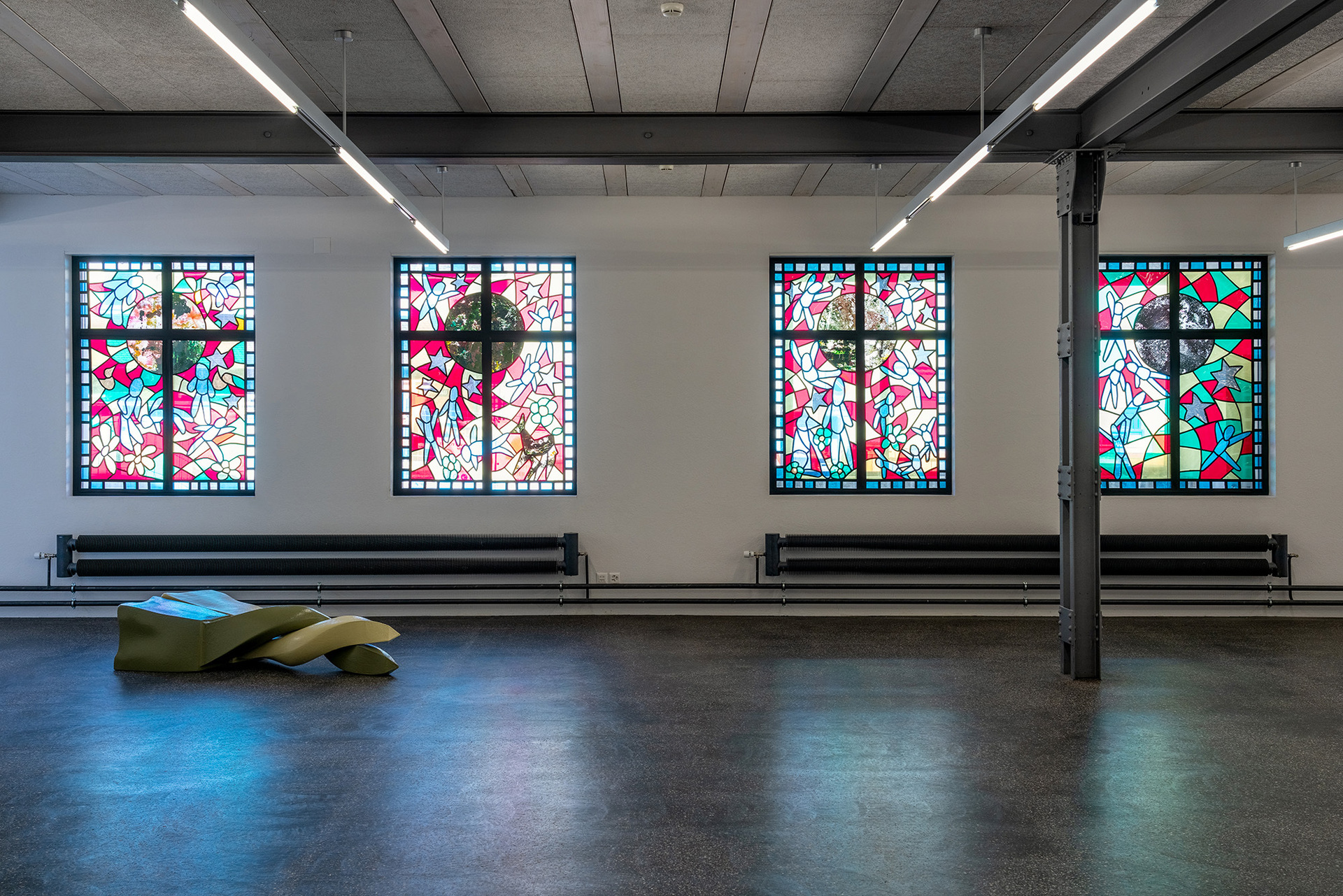

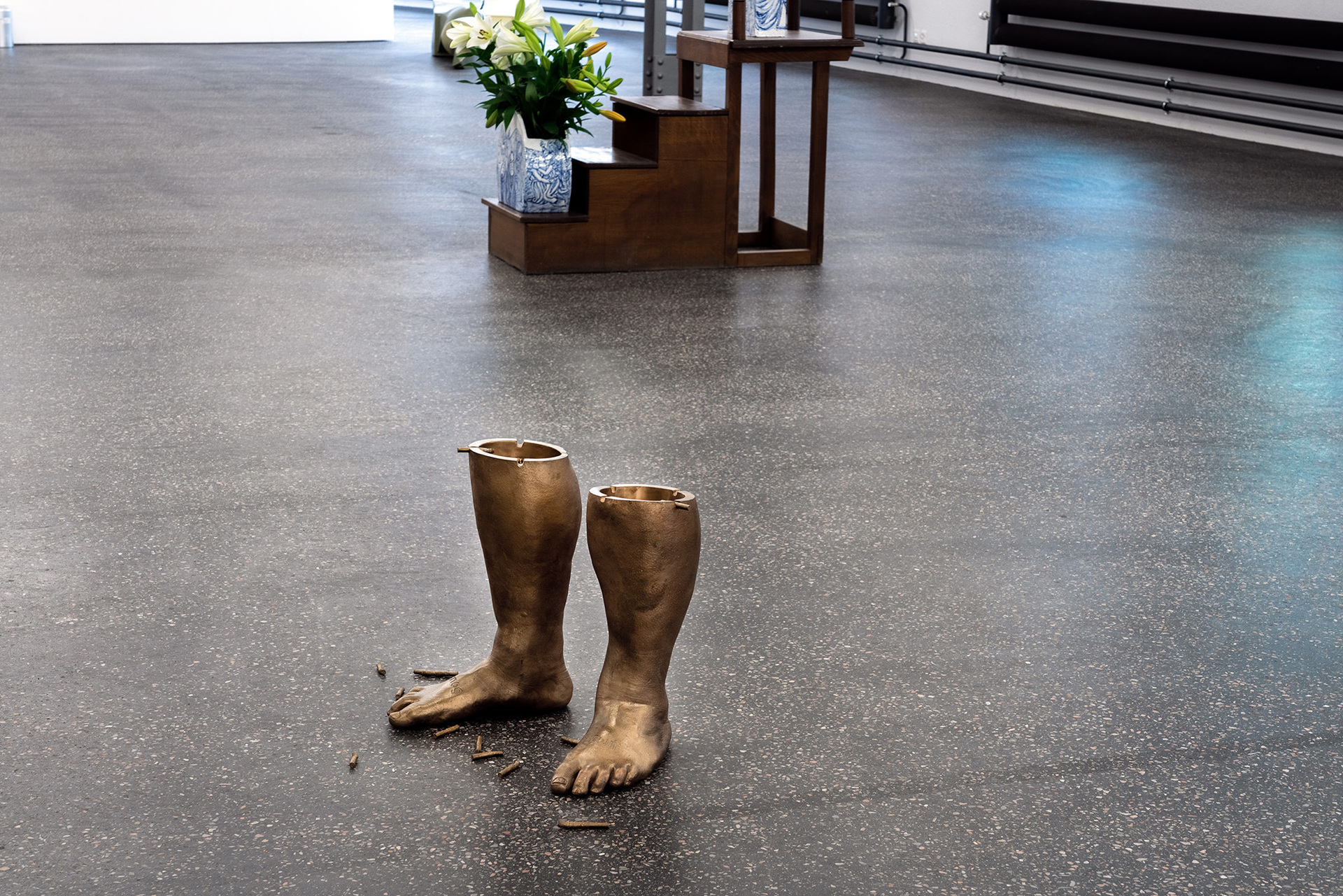
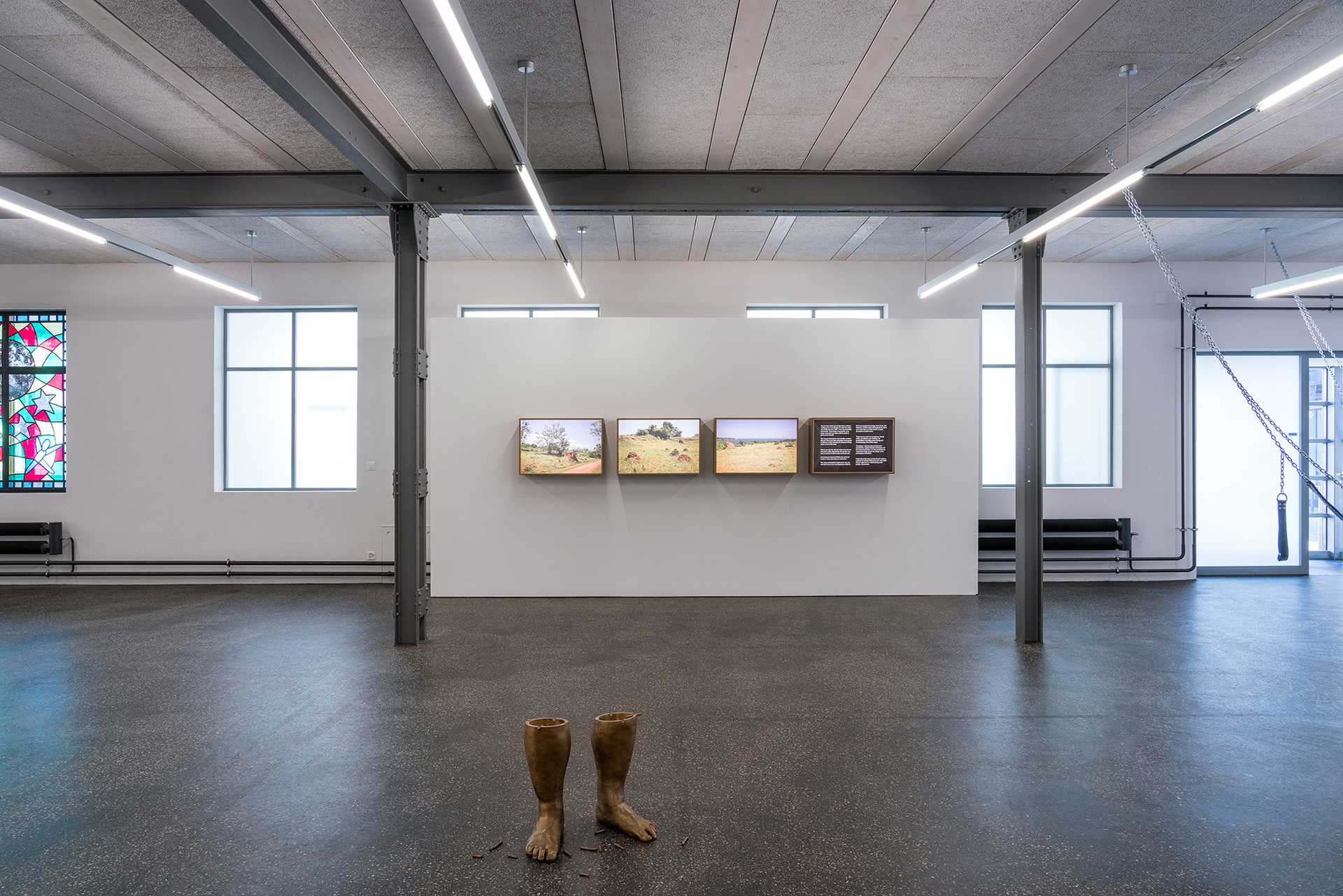
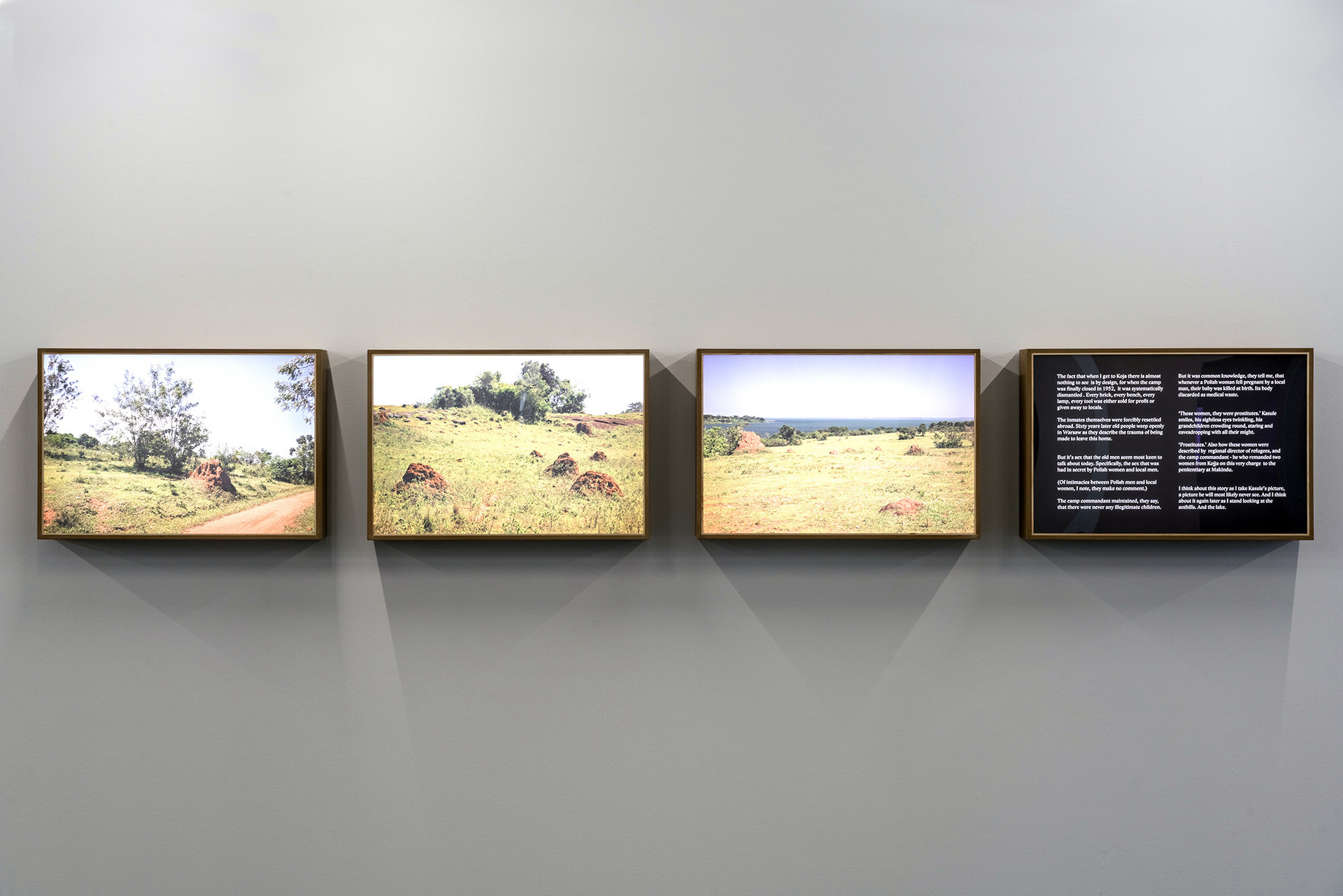
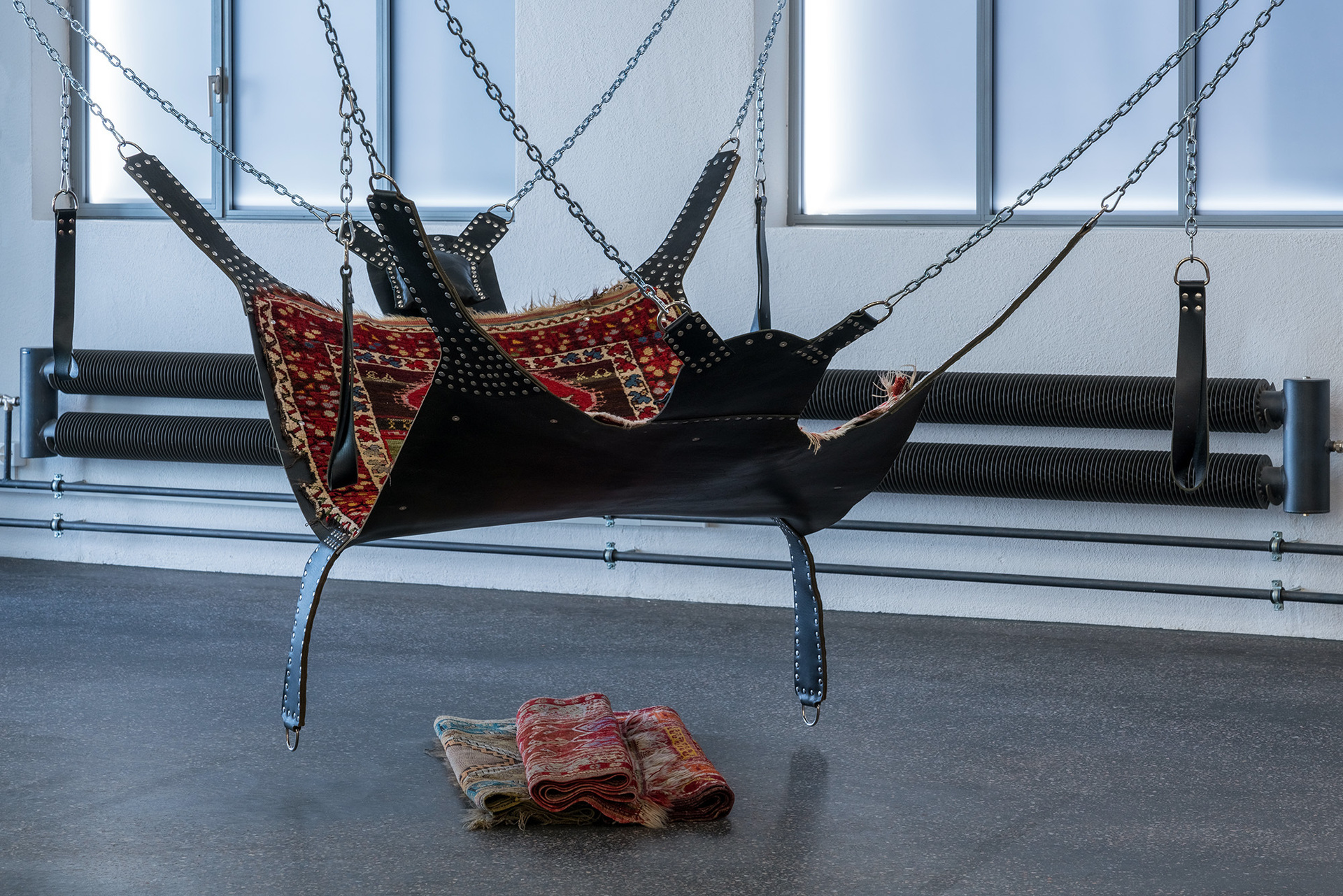

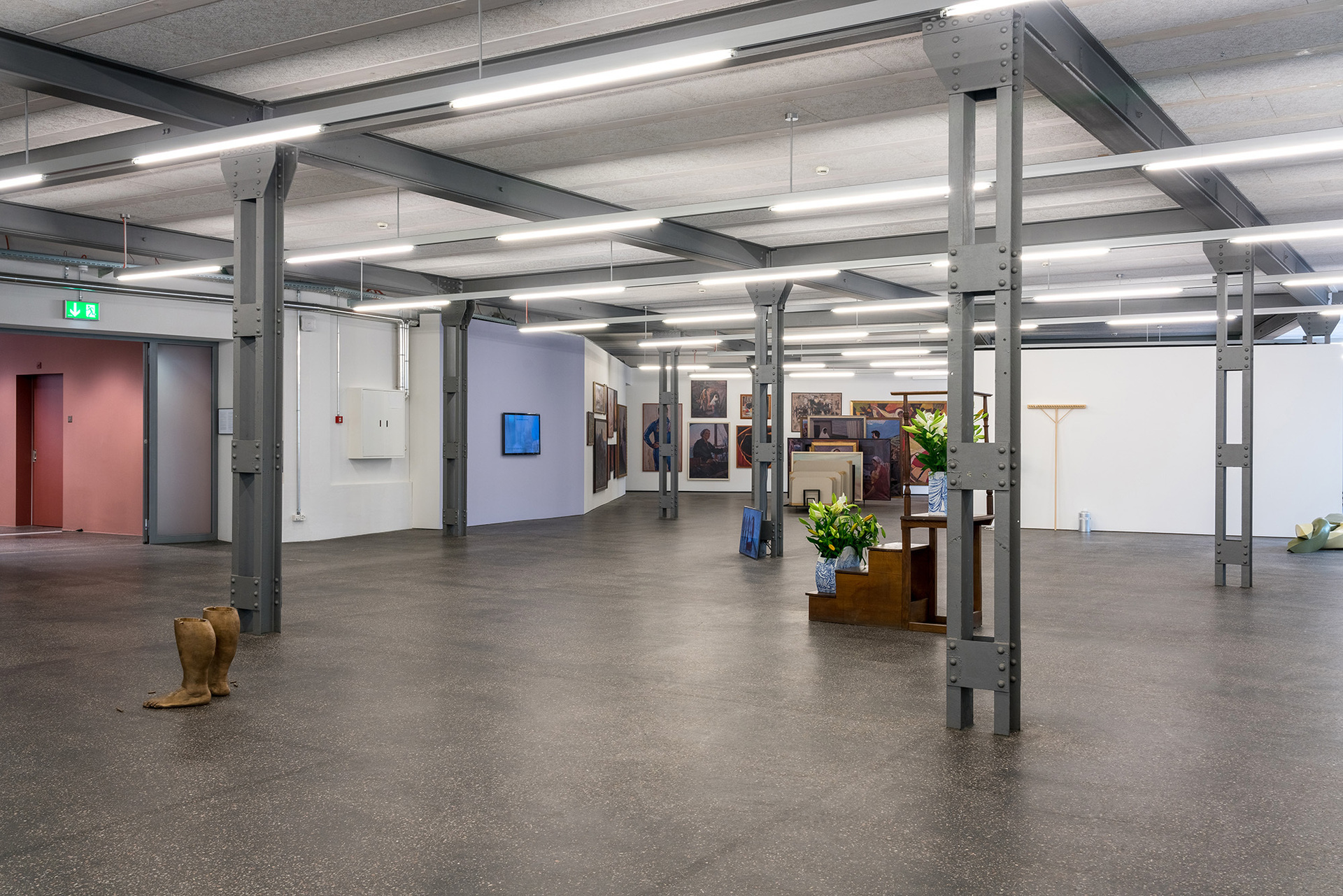
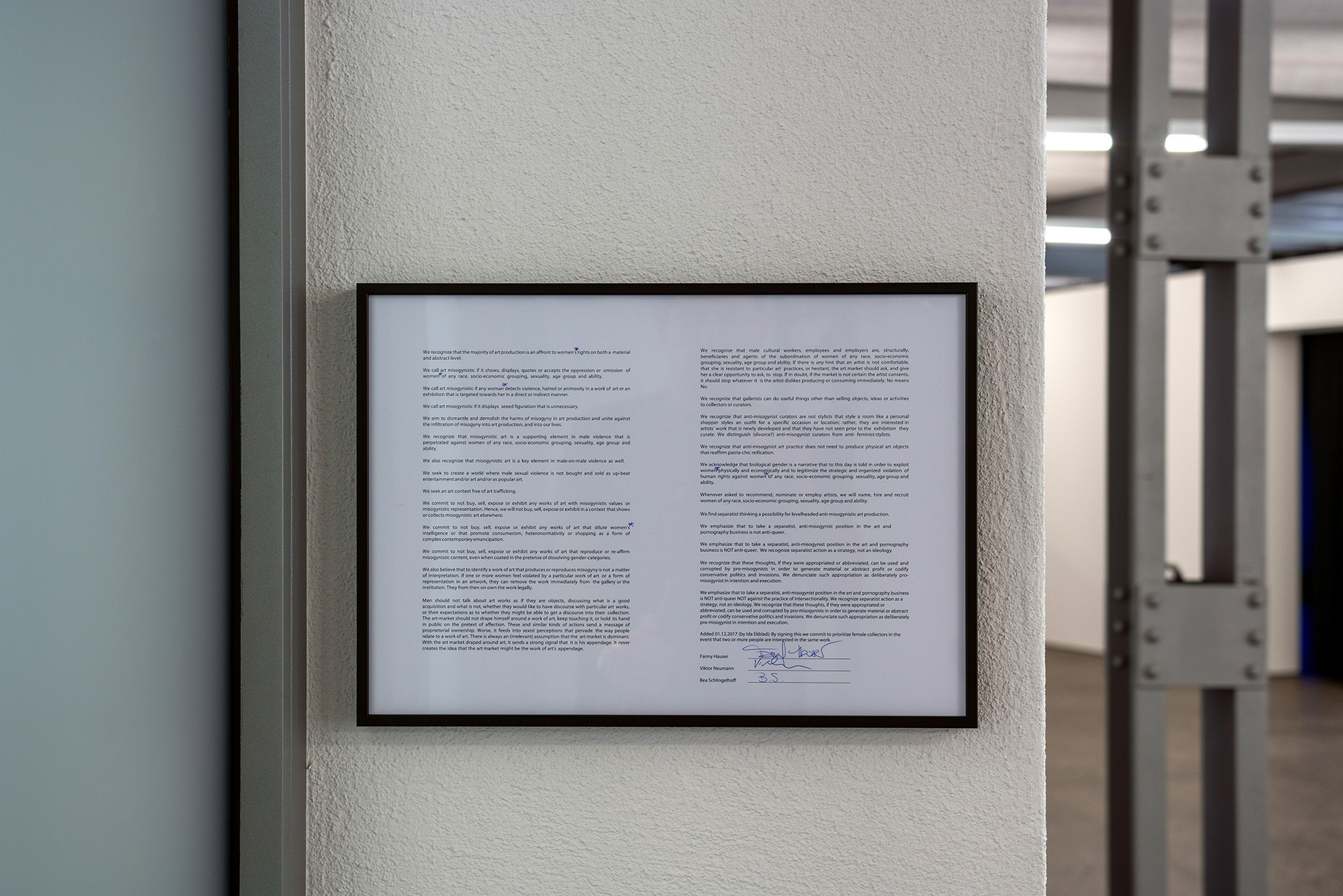
Location
Alte FabrikDate
03.09 –10.10.2020Curator
Fanny Hauser and Viktor NeumannPhotography
Niklas GoldbachSubheadline
with works by Thirza Cuthand, Zuzanna Czebatul, Dorota Gawęda and Eglė Kulbokaitė, Vika Kirchenbauer, Taus Makhacheva, Anna Molska, Raúl de Nieves, Karol Radziszewski, Bea Schlingelhoff, Mikołaj Sobczak, Ramaya Tegegne, Viron Erol Vert, Evelyn Taocheng Wang and Emma Wolukau-WanambwaText
The two interrelated exhibitions Poczet at the Kunst(Zeug)Haus and Eat the Museum in the Alte Fabrik Rapperswil take the exceptional and complex history of the adjacent Polenmuseum (Polish Museum) and its soon expected closure as a starting point to examine the logics and politics of exhibiting and collecting, and to call into question the conception of the museum as a neutral, apolitical, and non-violent space.
Founded in 1870 by Polish émigré Count Władysław Broel-Plater (1808–1889), the Polenmuseum in the Rapperswil castle came to epitomize the ambivalences of cultural belonging and representation within the framework of the modern nation-state ever since: initially conceived as an important social and cultural hub for the Polish emigrant community in Switzerland, the museum evolved during a Polish era shaped by foreign rule, partitions and insurrections, and was modelled in the tradition of the 19th century national museum revolving around the construction of national identity, the rule of the sovereign and the formation of citizenship within emerging liberal democracies. The museum’s phases in the 20th and early 21st century must be understood as a mirroring of and partaking within a larger political framework of significant historical turns, including the establishment of the Second Polish Republic, the Second World War, the rise and fall of communism, and the installation of neoliberal, neocolonial, and authoritarian rule. After residing in the Swiss castle for 150 years, the museum’s residence is anticipated to be terminated by end of 2021. Consumed by the interests of the now merged municipality Rapperswil-Jona to re-stage the castle, the future of the museum and its collection remains uncertain.
Inspired by this local history and current debate and looking into the still-alive and still-hierarchical tropes of traditional art or folk-art, the group exhibition Eat the Museum addresses the transnational significance of a constant re-evaluation of the normalizing, classifying, excluding, controlling, and governing violence of visualizing practices perpetuated or constructed by museums and other (art) institutions.
Highlighting situated knowledges and embodied practices and decidedly opposing the neoliberal condition and its impact on cultural institutions as much as growing xenophobia, the exhibition unites local and international positions who work with a variety of media including sculpture, painting, video or installation, and find their commonalities in the re-negotiation and re-imagination of transnational alliances that serve a collective anti-fascist agency within and beyond institutions.
Fanny Hauser and Viktor Neumann